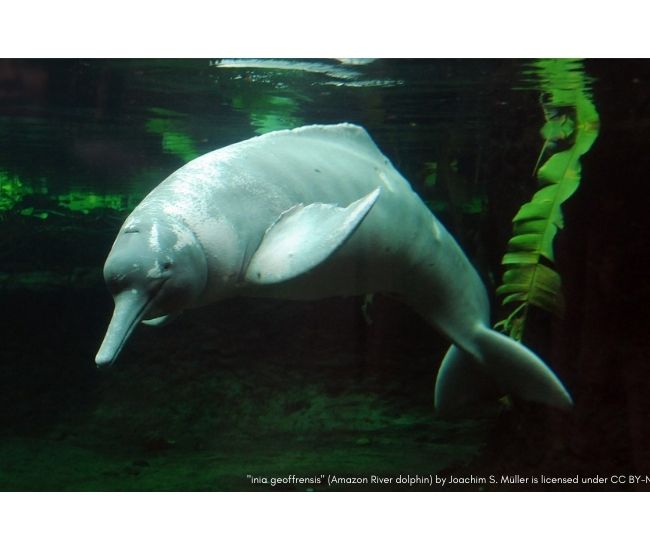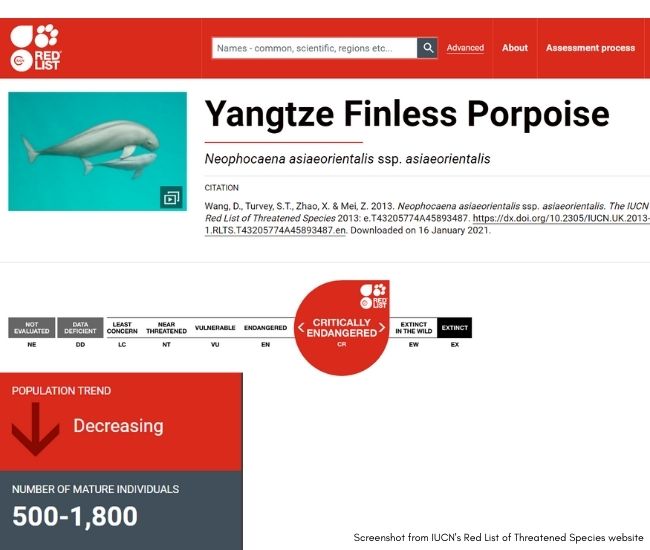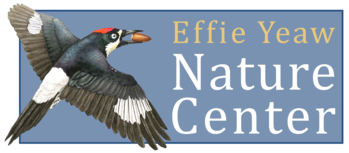Many think of dolphins as only ocean-dwelling mammals. While most dolphins do live in saltwater habitats there are species that live in freshwater streams such as rivers. These dolphins are much smaller than oceanic species.
Dolphins are fascinating animals. Like all but two species of mammals they give live birth and produce milk to feed their young. They also have a tiny amount of hair located around their blowhole.
There are five species of freshwater dolphins listed on the IUCN Red List all of which are classified as endangered or critical. The true freshwater Tucuxi found in the Amazon and Orinoco River basins is one example of these endangered river dolphins. Their marine counterpart the Guiana dolphin are found along the coastline within saltwater habitats though they sometimes venture a bit inland.[1]

Freshwater Dolphins Endangered
Other than large sharks that primarily go after small young dolphins there are not many predators to freshwater dolphins. Their decline in population is a direct result of human activity and development of their habitat such as damming of rivers pollution and bycatch during commercial fishing. There is also intentional hunting of freshwater dolphins such as the Tucuxi despite the ban on poaching all dolphin species.[2] Many organizations argue for stricter enforcement of this ban in order to pull freshwater dolphins back from the brink of extinction.
Below are the five freshwater dolphins IUCN has classified as endangered or critical:
1. Tucuxi (freshwater) – Endangered
2. Irrawaddy dolphin – Endangered
3. Amazon River dolphin – Endangered
4. South Asian River dolphin – Endangered
5. Yangtze finless porpoise – Critically Endangered

Effie Yeaw Nature Center and Keystone Species
Located next to the American River the Effie Yeaw Nature Center is a special place to view wildlife within the oak woodland and along the river. It is also where EYNC staff lead environmental education programs such as the history and structure of the American River species that inhabit it and the importance of water.
Although the American river does not have freshwater dolphins it is a habitat for species that the freshwater dolphin may prey upon such as salmon and steelhead trout. Salmon and steelhead trout are two keystone aquatic species that have a role in maintaining healthy freshwater saltwater and even terrestrial ecosystems. Both species are anadromous meaning they are adapted to live in both fresh and saltwater habitats. As such a myriad of animals rely on salmon and steelhead trout as a food source including bears mountain lions a variety of waterfowl sharks whales and dolphins.
During the Winter the American River is a wonderful place to discover salmon carcasses. Even as carcasses salmon play a crucial role in feeding wildlife as well as returning nutrients back into the water and earth.

Salmon and steelhead trout are sensitive to pollution especially their eggs. They require clean healthy water rich with nutrients and food. If water quality drops so do salmon and steelhead populations which could lead to declines in other animal population dependent on them for food. Like freshwater dolphins salmon and steelhead trout are impacted by dams as they “disrupt river flow natural flood cycles and nutrient deposition” and “create impenetrable barrier for species that migrate through river waters.”[3]
There are many conservation efforts in place to ensure the increase and stabilization of salmon and steelhead trout populations. The Effie Yeaw Nature Center is currently undergoing plans to restore crucial river habitat and spawning zones for salmon populations to safeguard these important species. In addition fish hatcheries such as the Nimbus Fish Hatchery support the health of fish populations by growing fish eggs till they hatch and releasing the live salmon into local natural waters.

How Can You Help?
You can also help! Simple lifestyle changes can have big positive impacts on our wildlife and maintaining healthy ecosystems for all. Here are ways you can help fish populations by keeping the river clean and healthy!
– Properly dispose fishing lines and hooks! When not properly disposed animals can get entangled in fishing life resulting in serious injuries. Make sure to pick and throw away your fishing lines and hooks!
– Prevent pollution! Pick up your trash and dispose of it properly. When safe pick up trash you find out in nature and dispose of it to help keep habitats healthy and trash-free. Pick up after your pet. Use more environmentally friendly products when able.
– Follow the Three R’s: Reduce Reuse Recycle! Reducing your waste even by just a little has a big positive impact on the environment. And before you recycle a glass bottle or toilet paper roll considers ways you can reuse it – whether it be for storage or a craft!
– Donate to conservation and environmental non-profit organizations! If you’re able donate what you can to non-profits who preserve and safeguard habitats and wildlife like the IUCN local wildlife rehabilitation facilities and us the Effie Yeaw Nature Center. And remember you can donate both financially and by volunteering!
References
[1] "Tucuxi." Whale & Dolphin Conservation USA. 10 Dec. 2020. Web. 14 Jan. 2021.
[2] "European Bison Recovering 31 Species Declared Extinct – IUCN Red List." IUCN Red List of Threatened Species. 10 Dec. 2020. Web. 13 Jan. 2021.
[3] Wood Alison. "Dolphins at Risk from Amazon Dams." Whale and Dolphin Conservation. 03 July 2017. Web. 13 Jan. 2021.
